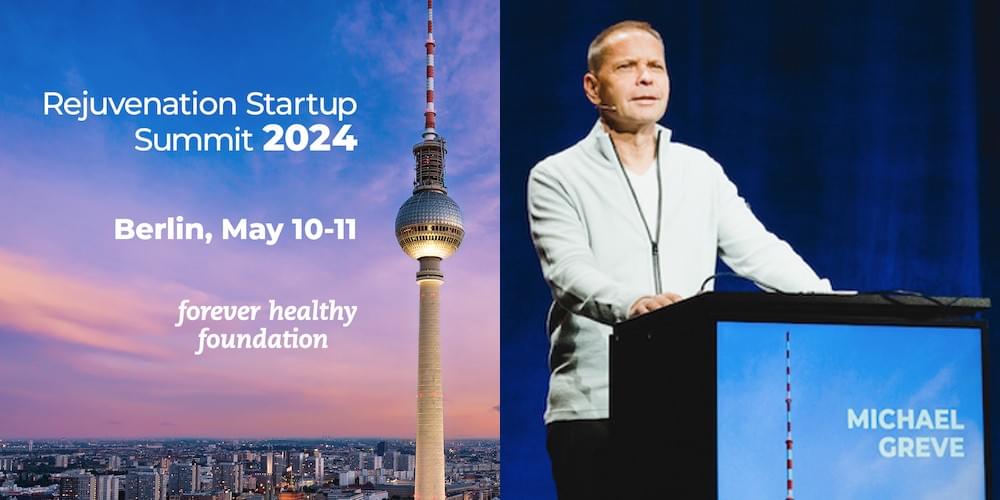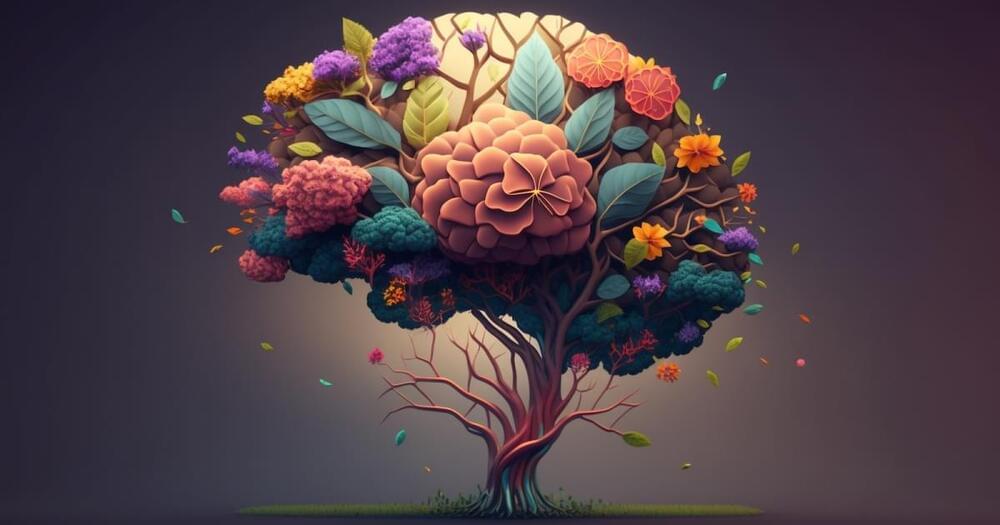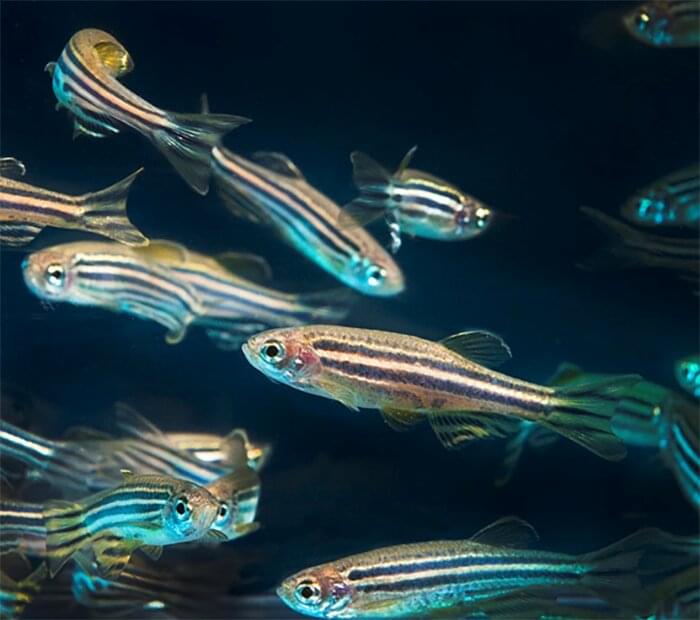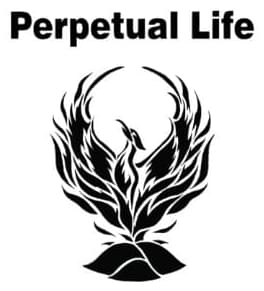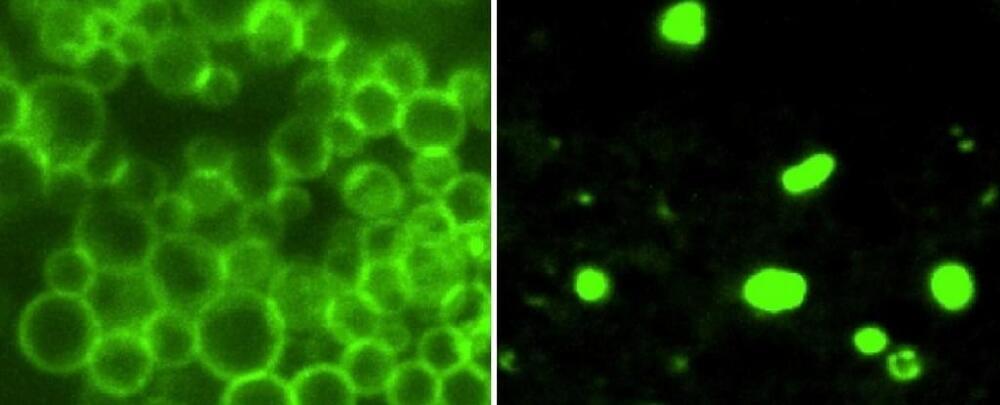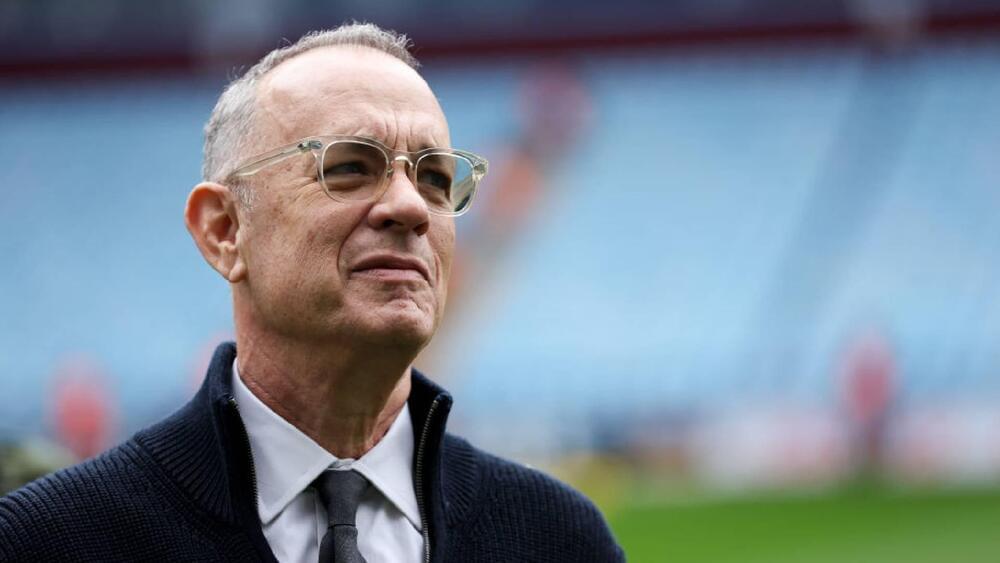I quoted and responded to this remark:
“…we probably will not solve death and this actually shouldn’t be our goal.” Well nice as she seems thank goods Dr Levine does not run the scientific community involved in rejuvenation.
The first bridge looks like it’s going to be plasma dilution and this may come to the general population in just a few short years. People who have taken this treatment report things like their arthritis and back pain vanishing.
After that epigentic programming to treat things that kill you in old age. And so on, bridge after bridge. if you have issues with the future, some problem with people living as long as they like, then by all means you have to freedom to grow old and die. That sounds mean but then I think it’s it’s mean to inform me I have to die because you think we have to because of “progress”. But this idea that living for centuries or longer is some horrible moral crime just holds no water.
Science can’t stop aging, but it may be able to slow our epigenetic clocks.

